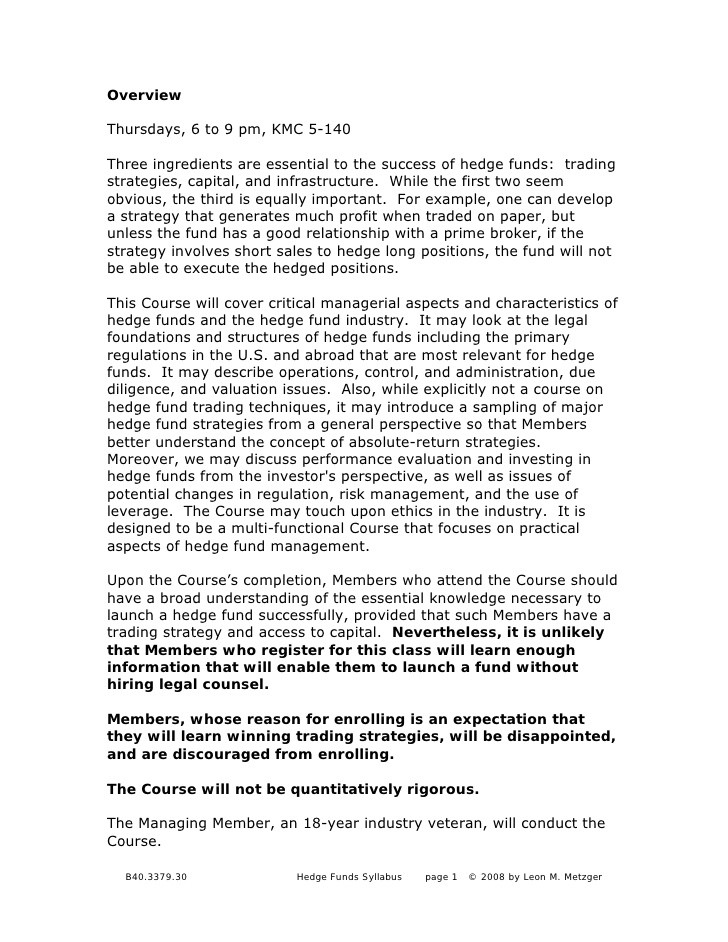Three Essential Metrics Mutual Fund Investors Need to Know
Post on: 14 Апрель, 2015 No Comment

Follow Comments Following Comments Unfollow Comments
Flip through the pages of any financial publication and you will likely see several ads by mutual fund companies touting their superior relative historical performance and high ranking amongst their peer group and benchmark. This is usually topped off with a “seal of approval” rating by Lipper and/or Morningstar, the mutual funds rating companies. With a daunting number of mutual funds, nearly 26,000 according to Morningstar, for many investors, these advertisements serve as the extent of their “homework.” But, as the old adage goes: past performance is not a guarantee of future results. It is important to recognize that absolute performance represents only one side of the risk-reward equation. Investors also need the contextual framework to meaningfully understand the risks associated with achieving these touted returns. In addition to absolute return, there are many meaningful risk metrics that should be considered when evaluating who you should trust with your money. We are going to focus on three: R-Squared, Beta, and Alpha.
The following Exhibit compares R-Squared, Beta, and Alpha for two hypothetical large-cap equity funds, and will be used to demonstrate how investors can more meaningfully compare the performance of mutual funds.
1. Identify a Proper Benchmark for the Fund by Utilizing R-Squared
Before a fund comparison can be made, it is necessary to identify each fund’s relevant benchmark. The first step is to calculate and observe it’s R-Squared. The R-Squared, measured from 0 to 100, determines the percentage of the fund’s movement that is explained by an index/benchmark. It has been referred to as “the goodness of fit.” The higher the R-Squared (closer to 100), the more relevant the fund is to its benchmark. An R-Squared of 0 indicates no correlation between the fund and the benchmark; an R-Squared of 100 indicates a full correlation to its benchmark. The R-Square determines whether the benchmark used for performance evaluation represents a true apples-to-apples comparison. In our Exhibit, Fund A and B have an R-Squared of 95 and 85, respectively. While Fund A has a higher correlation with the S&P 500, Fund B’s R-Squared is also quite high. As a rule of thumb, an R-Squared above 75 typically indicates that the comparison of a given fund to a given benchmark is meaningful. In this case, we can conclude that the S&P 500 is an appropriate index for the comparison of these two funds.
2. Compare the Fund’s Volatility Relative to the Benchmark Using Beta
After the R-Squared has us comfortable that we are using the proper benchmark for more in-depth comparative analyses, we compare the volatility of the fund relative to its benchmark using the statistic known as Beta. While the R-Squared measures how much of the fund’s movement is explained by the benchmark, Beta also takes into account the magnitude of the fund’s movement relative to the benchmark. A measurement of 1 translates into the fund being exactly as volatile as its benchmark. A beta of less than 1 implies that the fund is that much less volatile than its benchmark, and vice versa. For example, if a fund has a beta of 1.1 in relation to the S&P 500, then the fund historically has been 10% more volatile than the index. Therefore, if the S&P 500 has gained 10%, everything else being equal, the fund would be expected to have gained 11% (10%*1.1). Of course, the reverse is true if the index declines. In the above exhibit, Fund A has a beta of 1.2 while Fund B has a beta of 0.90. Based upon this data, Fund A would be expected to be 20% more volatile than the benchmark, while Fund B would be 10% less volatile.

3. Determine Fund’s Risk-Adjusted Excess Performance or Alpha
Now that the investor has determined the fund’s relative risk (Beta ) when compared to its appropriate index (validated by a strong R-Squared ), the next step is to determine the fund’s Alpha. In its simplest terms, Alpha is the fund’s “excess return” over the performance of its benchmark after adjusting for its risk (Beta ). The higher the alpha, the greater the “value added” that management has provided over and above the risk-adjusted performance of their appropriate benchmark. The alpha is determined by taking the performance of the fund, and subtracting from it, the index’s performance multiplied by the fund’s beta.
Alpha = Fund Performance – (Beta x Index Performance)
In simpler terms, we are asking, “has management been providing superior risk-adjusted returns?” For example, if a fund delivered performance of 11% while the benchmark only delivered 10%, on the surface, one might be tempted to conclude that the fund performed admirably. However, if the fund’s beta was 1.2, the fund would have been expected to actually deliver a 12% return given its assumed additional risk over its benchmark. In this example, the funds Alpha is negative.














